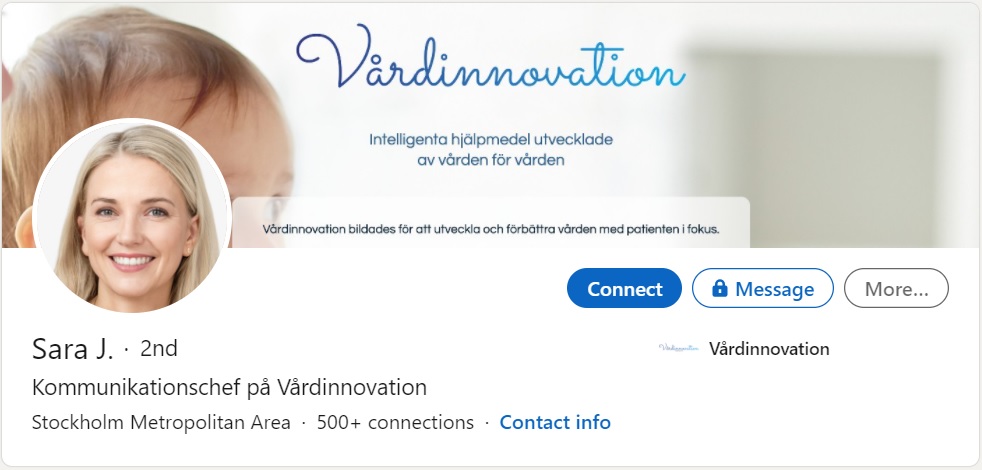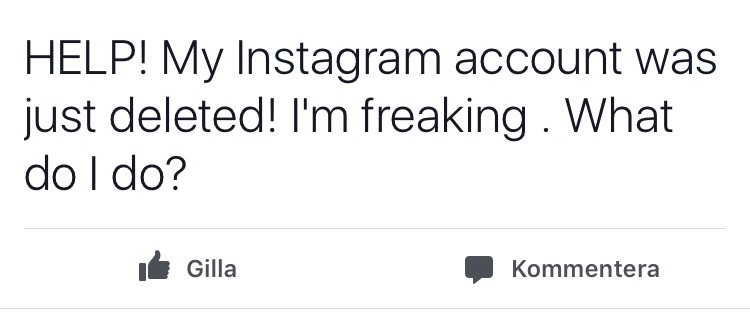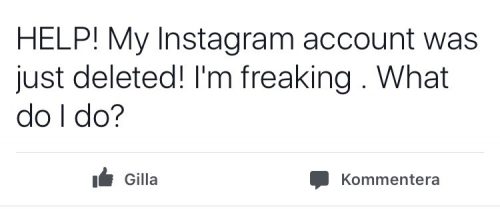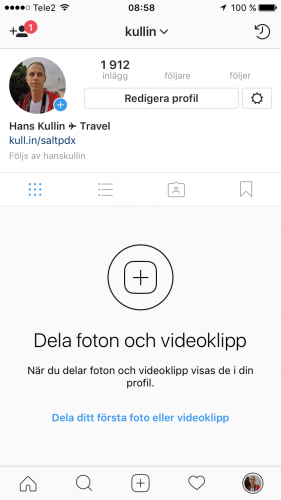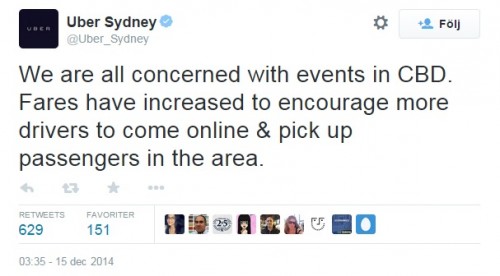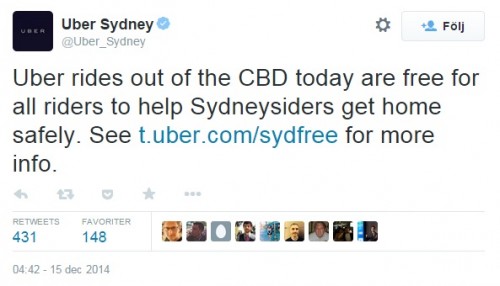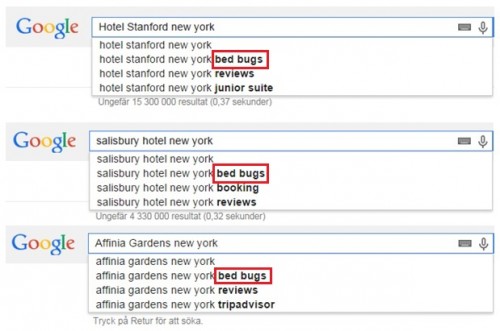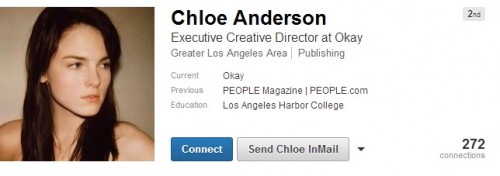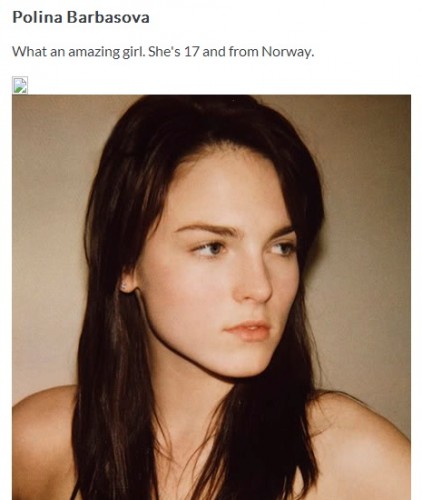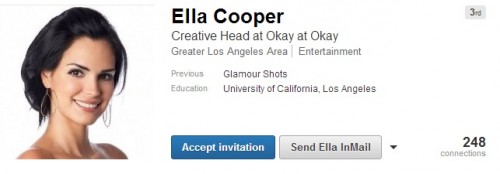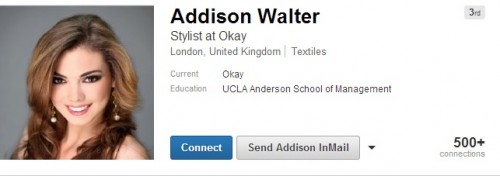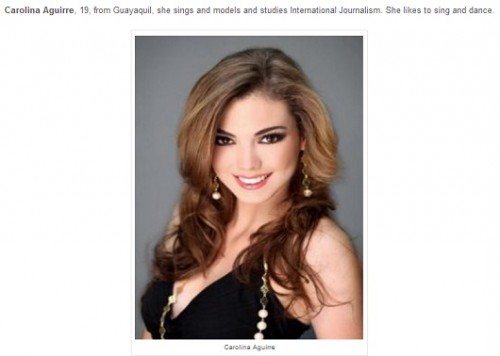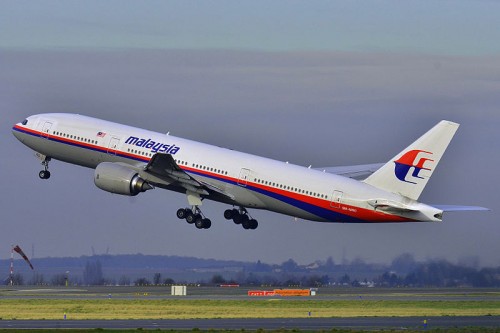Vårdinnovation, a controversial Swedish health care company, created a fake Communications Officer because management didn’t want to be personally exposed in media. The company recently went bankrupt because of an alleged bribe scandal, created the profile Sara Johansson on LinkedIn with more than 500 contacts, for a press spokesperson that did not exist.
“Sara Johansson” only responded to media requests by email and has been quoted in several Swedish media in recent months. But she does not exist. Her profile picture on LinkedIn is most certainly created by an AI software like the one behind the site www.thispersondoesnotexist.com which creates realistic photos that look like a real person, but is not.
In an interview with SVT Skåne, Eliot Higgins, CEO at Bellingcat, a site for investigative journalism says that the image is most probably computer generated. The white background, the hair cut and the fact that she only has one earring are signs that the image is fake. A reverse Google image search produces no results. In a preliminary police investigation, Vårdinnovation’s CEO Damon Tojjar confirms that Sara Johansson “is a joint communication account that Vårdinnovation has so that they do not have to be exposed in the media themselves”.
Synthetic media and deep fakes
Synthetic media, or artificially produced media, will become more and more common, but this is the first instance we know of in Sweden where a spokesperson for a company simply was completely fake.
If you are interested in deep fakes and synthetic media, I strongly recommend these two podcasts:
Making Sense – The information apocalypse. Sam Harris meets author and journalist Nina Schick who writes a lot about AI.
Brave New Planet – Deep fakes and the future of truth. Podcast with Dr. Eric Lander, president and founding director of the Broad Institute of MIT and Harvard.
